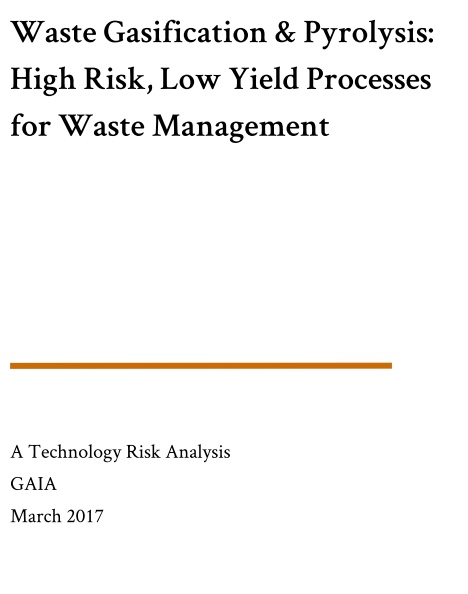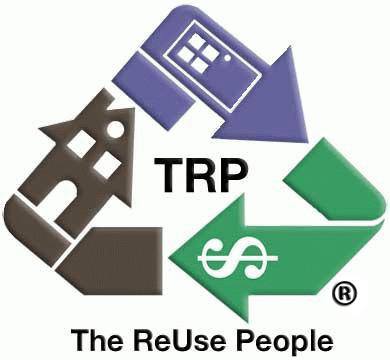New report from ILSR allies at the Global Anti Incineration Alliance reveals the environmental and economic risks of waste gasification and pyrolysis. Based on the data available for commercial facilities, “there are numerous examples of plants that have been forced to shut down due to technical failures and financial failures. In addition, other projects have failed in the proposals stage after raising significant investments due to community opposition and government scrutiny into false and exaggerated claims.”
The report covers plants that received over $200 million in investments “all of which were cancelled before commencing operations.”
See, Waste Gasification & Pyrolysis: High Risk, Low Yield Processes for Waste Management:
Waste Gasification & Pyrolysis: High Risk, Low Yield Processes for Waste Management
Gasification and pyrolysis attempt to convert solid waste into synthetic gas or oils, followed by combustion (meaning they are regulated in U.S. and EU as waste incinerators). Companies have been experimenting with these technologies for over three decades. This report finds that while there is little data available on the operations of attempted commercial facilities, there are numerous examples of plants that have been forced to shut down due to technical failures and financial failures. In addition, other projects have failed in the proposals stage after raising significant investments ? due to community opposition and government scrutiny into false and exaggerated claims.
Over $2 billion was invested in the projects listed in this report alone, all of which closed or were canceled before commencing operations. Companies involved include Air Products& Chemicals, Thermoselect, Plasco, Compact Power, Caithness, Interserve, and Brightstar.
Technical and economic challenges for gasification projects include failing to meet projected energy generation, revenue generation, and emission targets. Gasification plants also have historically sought public subsidies to be profitable. In particular, vendors seek renewable energy subsidies, however, such facilities would emit carbon dioxide from fossil fuel-sourced material including waste plastic and coal, contradicting the purpose of “renewable energy.”
We conclude that the potential returns on waste gasification are smaller and more uncertain, and the risks much higher, than proponents claim. Municipal programs that rely on waste prevention strategies, source separation, intensive recycling and composting, and redesign of no-value products have demonstrated economic and technical success.
Follow the Institute for Local Self-Reliance on Twitter and Facebook and, for monthly updates on our work, sign-up for our ILSR general newsletter.





